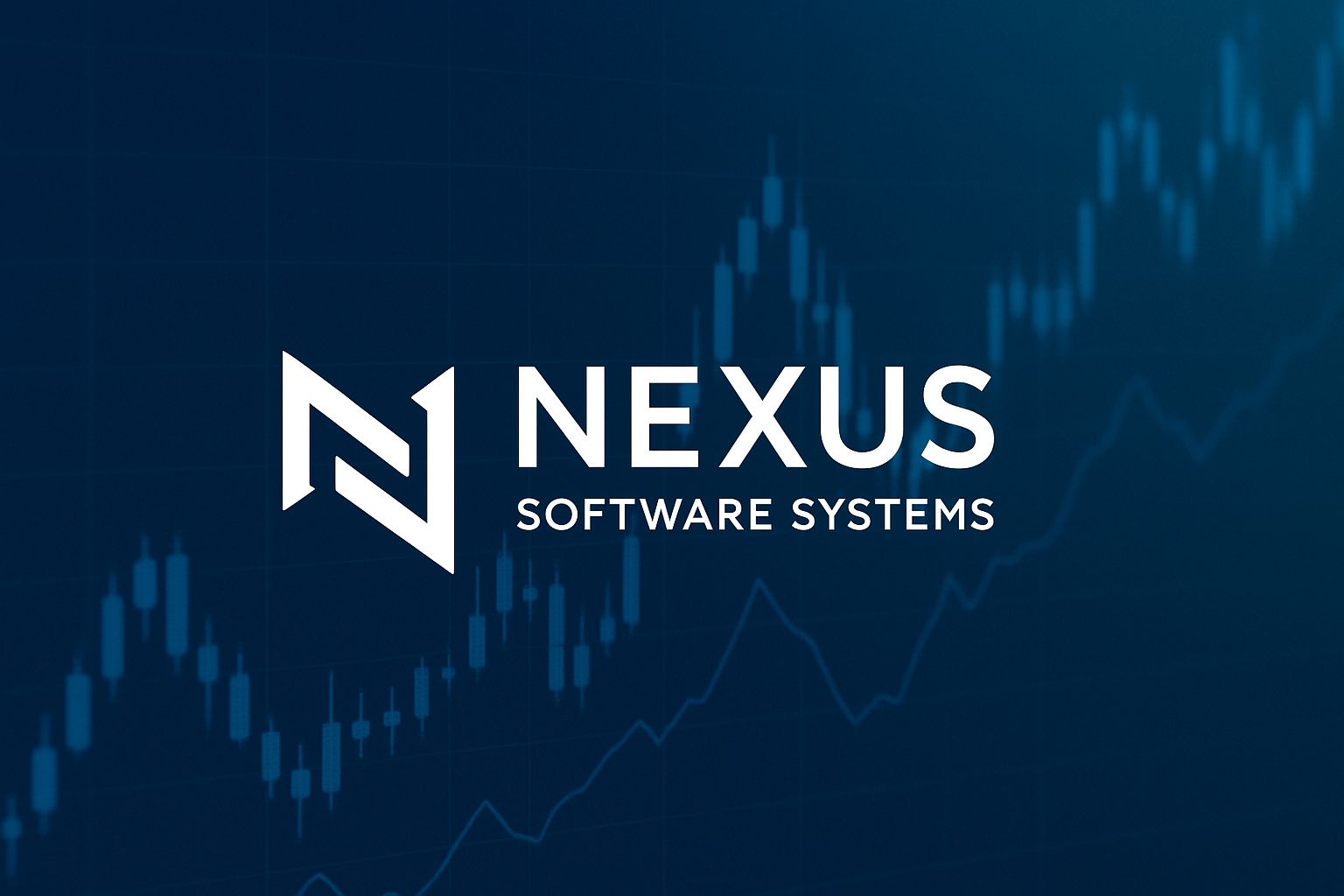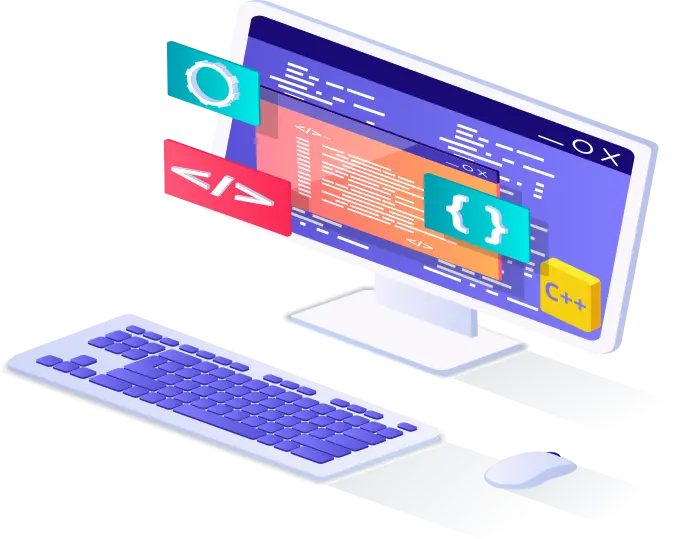What’s an API?
API stands for Application Programming Interface. An API is a set of protocols, routines, and tools for building software applications. It provides a way for different software systems to communicate with each other and share resources. Essentially, an API defines how different software components should interact with each other, making it easier for developers to build complex software systems.
At a high level, an API can be thought of as a contract between two software systems. It specifies the rules for communication between the two systems, including the types of requests that can be made and the expected responses.
APIs can be categorized into several types, including web APIs, operating system APIs, database APIs, and others. Web APIs are the most common type of API and are used for web development.
Web APIs are a service accessed from client applications or devices (E.g., mobile phones) to a web server using the Hypertext Transfer Protocol (HTTP). The client application sends a request in the form of an HTTP request, and gets a response message usually in JavaScript Object Notation (JSON) or Extensible Markup Language (XML) format. Developers typically use Web APIs to query a server for a specific set of data from that server.
How do APIs work?
APIs work by allowing two software applications to communicate with each other. The API acts as a middleman between the two applications, receiving requests and sending responses. When one application makes a request to another application, it sends that request to the API, which then forwards the request to the second application.
The second application processes the request and sends a response back to the API, which then forwards the response back to the first application. The API acts as a translator between the two applications, ensuring that they can communicate with each other even if they use different programming languages or frameworks.
For example, imagine a weather application that needs to access data from a weather service. The weather application would use the API provided by the weather service to request the necessary data. The weather service would process the request and return the requested data to the weather application.
API Types and Protocols
There are several types of APIs, each designed for different purposes. Here are some of the most common types of APIs:
-
REST APIs: REST (Representational State Transfer) APIs are a popular type of API used for web services. They use HTTP requests to get, put, post, and delete data. REST APIs are stateless, meaning that each request made to the API contains all the information necessary for the server to fulfill the request.
-
SOAP APIs: SOAP (Simple Object Access Protocol) APIs are another type of API used for web services. They use XML to encode data and are often used in enterprise systems. SOAP APIs are more complex than REST APIs but provide more functionality.
-
GraphQL APIs: GraphQL isn’t a separate protocol, it’s a query language for APIs and a runtime for fulfilling those queries with your existing data. GraphQL uses HTTP, similar to a REST API, transmitting text data in the payload of each request, but its approach is different. GraphQL provides a more flexible way of querying data from a server, allowing the client to specify exactly what data it needs.
-
Webhooks and Event-driven APIs : Webhooks are a type of API that allows a server to send data to a client when certain events occur. They allow you to subscribe to events that happen. For example, a webhook might be used to notify a client when a new order is placed on an e-commerce site.
A WebSocket API is another modern web API development that uses JSON objects to pass data. A WebSocket API supports two-way communication between client apps and the server. The server can send callback messages to connected clients, making it more efficient than REST API. With WebSocket APIs you can send messages to a server and receive event-driven responses without having to poll the server for a reply.
-
Remote procedure call (RPC) APIs : A remote procedure call (RPC) is when a computer program causes a procedure (subroutine) to execute in a different address space (commonly on another computer on a shared network), which is coded as if it were a normal (local) procedure call, without the programmer explicitly coding the details for the remote interaction.
The RPC protocol can return XML or JSON responses. It differs from SOAP and REST APIs in a few key ways. As the name suggests, this protocol calls a method rather than a data resource. While a RESTful API returns a document, the response from an RPC server is confirmation that the function was triggered, or an error indicating why it failed to run. In other words, a REST API works with resources, while an RPC API works with actions.
Why are APIs important?
APIs are important for several reasons. First, they allow different software applications to work together seamlessly, making it easier for developers to create complex systems that incorporate multiple applications.
Second, APIs make it possible to access data and resources from other applications without having to understand the details of how those applications work. This makes it easier to create new applications that use data from other sources, which can be particularly useful in fields like data analysis and machine learning.
Finally, APIs make it possible to create reusable code that can be shared across multiple applications. This can save developers a lot of time and effort, as they can use existing APIs to perform common tasks like sending emails or processing payments, rather than having to write these functions from scratch.
What’s API Integration?
API integration is a powerful way to extend the functionality of your software applications by connecting them with other applications and services.
API integration enables you to create robust and dynamic software applications by allowing different systems to communicate with each other seamlessly.
API integration is the process of connecting two or more applications to share data and functionality. In simple terms, it’s a bridge between two different software systems that enables them to communicate with each other. APIs enable developers to build more efficient and effective applications by leveraging the features and functionalities of other software systems.
Many companies and organizations offer APIs that allow you to access their services and data. API integration can be used in a variety of ways, including:
-
Payment processing: Integrating with payment processing APIs like PayPal or Stripe enables software applications to accept online payments.
-
Social media: Integrating with social media APIs like Facebook or Twitter allows developers to access user data and post content on behalf of users.
-
E-commerce: Integrating with e-commerce APIs like Shopify and shipping APIs such as those provided by UPS and Fedex which dynamically include current shipping rates, without the site developer having to enter the shipper’s rate table into a web database. This enables developers to more effectively build online stores with inventory management and shipping.
Benefits of API Integration
API integration offers a number of benefits to businesses, including:
-
Increased functionality: API integration allows you to access functionality and data from other applications, extending the capabilities of your own software.
-
Improved efficiency: API integration eliminates the need for manual data entry, which can be time-consuming and prone to errors. By automating data exchange between systems, businesses can improve efficiency and reduce the risk of errors.
-
Scalability: API integration enables you to easily scale your applications by adding new features or connecting with additional services and platforms.
-
Better user experience: API integration enables you to offer a more robust user experience by incorporating features and functionalities from other software systems. For example, integrating a payment gateway API can enable customers to complete transactions without leaving the application or your website.
-
Data Management: APIs allow businesses to extract and use data from multiple sources, providing better insight into their operations and improving decision-making.
-
Cost savings: API integration eliminates the need for businesses to build software functionalities from scratch. Instead, they can leverage existing APIs to build new applications, reducing development costs and speeding up time to market.
-
Increased revenue: API integration can lead to new revenue streams by enabling businesses to offer additional products and services to their customers. For example, an e-commerce company can offer shipping and tracking functionalities by integrating a shipping API.
Best Practices for API Integration
When integrating APIs into a software system, there are several best practices that businesses and their developers should follow to ensure a successful integration:
-
Choose the Right API: The first step in API integration is choosing the right API. It is important to select an API that is compatible with the business’s goals and provides the necessary data and functionalities.
-
Test extensively: Developers should test the API integration extensively to ensure that it is functioning correctly and that data is being transferred accurately.
-
Handle errors gracefully: API integrations can fail for a variety of reasons, and developers should build error handling into their applications to prevent data loss and ensure smooth operation.
-
Follow Security Best Practices: API integration involves sharing data between different applications, which can create security vulnerabilities. Businesses should follow best practices for securing APIs, such as using encryption, authentication, and access controls.
-
Plan for Scalability: As businesses grow, their software systems may need to handle larger volumes of data and more complex workflows. It is important to plan for scalability when integrating APIs, to ensure that the system can handle increased demand.
-
Monitor Performance: API integration can have a significant impact on the performance of a software system. Businesses should monitor the performance of their APIs and take steps to optimize their performance, such as caching frequently accessed data.
-
Provide Documentation and Support: When integrating APIs into a software system, it is important to provide documentation and support to help clients understand how to use the API and troubleshoot any issues that may arise.
Steps involved in API integration:
API integration involves several steps, including:
-
Understanding the API: Before integrating an API, developers need to understand how it works, its capabilities, and its limitations. This information can be obtained from the API documentation provided by the software vendor.
-
Authentication and authorization: API integration requires authentication and authorization to ensure that only authorized users can access the data. This is done by creating an API key or token that enables the software systems to communicate securely.
-
Data mapping: After authentication, the next step is to map the data fields between the two systems. This involves identifying the data that needs to be exchanged and defining the format and structure of the data.
-
Implementation: Once the data mapping is complete, the API can be implemented. This involves writing the code that enables the two systems to communicate and exchanging the data between them.
-
Testing: API integration must be thoroughly tested to ensure that it works as expected. This involves testing various scenarios, including error handling, to ensure that the integration is robust and reliable.
API integration is a powerful way for you to extend the functionality of your software applications by connecting them with other applications and services. By following best practices and implementing secure protocols, you or developers can ensure the success and security of your API integrations.
Conclusion
APIs are a vital part of modern software development, allowing different applications to communicate with each other and share resources. By providing a set of rules and protocols for communication, APIs make it easier for developers to create powerful, integrated applications and complex systems that incorporate multiple applications, access data and resources from other sources, and create reusable code that can be shared across multiple applications. As such, APIs are an essential tool for any business that wants to build modern, scalable, and efficient software systems.
Contact us today to learn more about developing or integrating an API for your business



